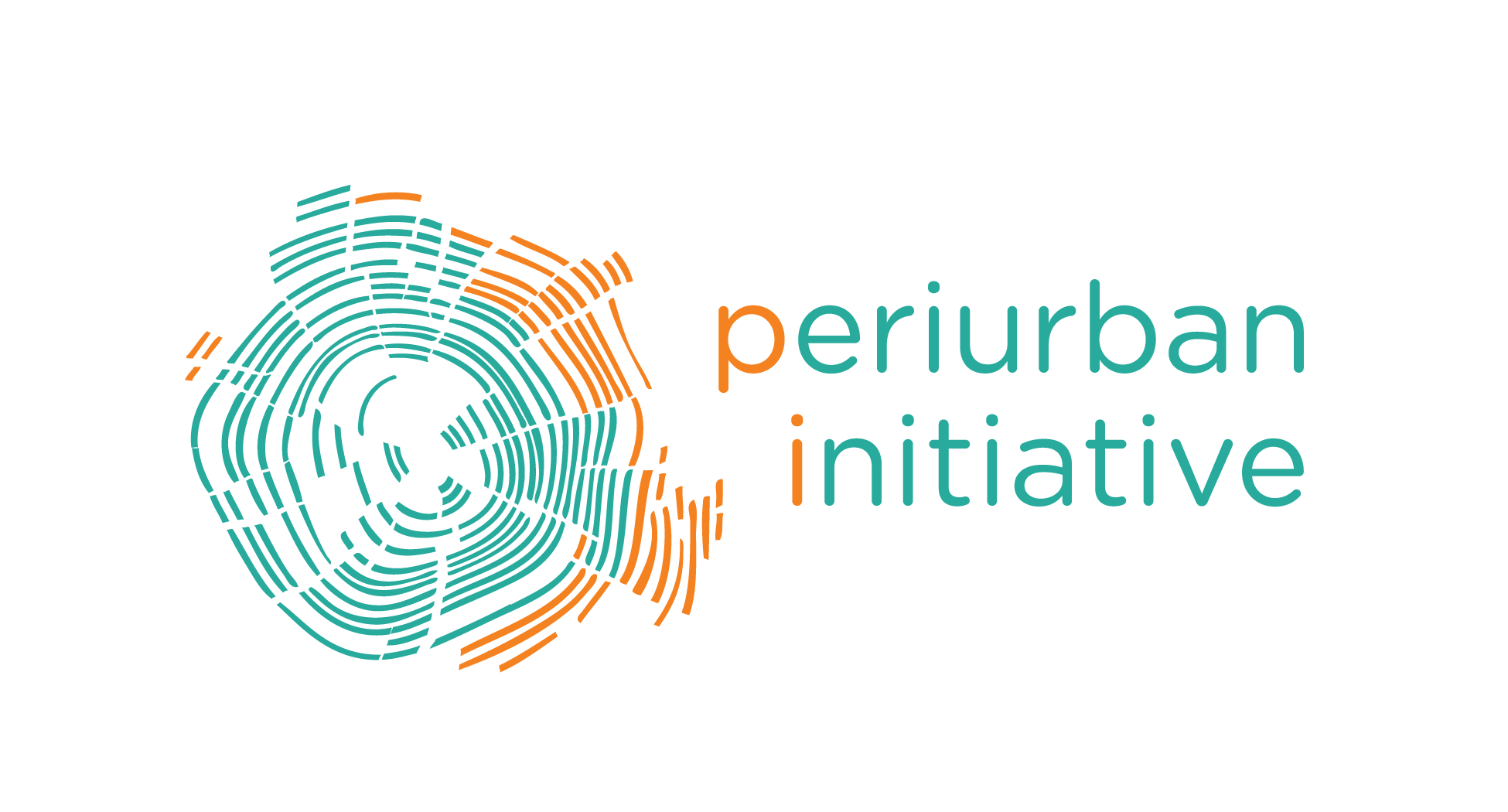BACKGROUND
CSTEP has been working with partners to establishing a Consortium for Periurban Research. Our research projects are aimed at understanding the dynamic changes in India’s periurban regions and building capacity and resilience in the context of urbanisation and climate change.
In South Asia periurban areas are growing at a much faster pace than many core cities and towns and these areas, which are beyond a city’s administrative limits but adjacent to it, are transition zones between urbanised pockets and the rural agricultural hinterland.
In South Asia periurban areas are growing at a much faster pace than many core cities and towns and these areas, which are beyond a city’s administrative limits but adjacent to it, are transition zones between urbanised pockets and the rural agricultural hinterland.
Periurban areas are also regions where access to services such as water, energy, transport and housing is becoming increasingly fragmented as a result of the development of gated communities and Special Economic Zones (SEZ), along with resource constraints and the consolidation of power. Such unplanned growth along with environmental changes, including climate change, poses serious challenges to sustainable development. In the face of these complex dynamics, it has become imperative to assess and steer the development process in these regions in order to ensure their sustainability and resilience.
CURRENT STATUS
As cities such as Bangalore and Chennai expand, periurban growth takes place rapidly without accompanying governance, infrastructure and other services developing at the same rate. Most urgently, there is insufficient planning to address water resources, sanitation and waste management, all important considerations in building resilience towards a changing climate.
The Greater Bangalore Metropolitan or Bruhat Bangalore Mahanagar Palike (BBMP) was created in 2005 and covers an area of 800 sq. km. The erstwhile Bangalore City Corporation (Bangalore Mahanagar Palike-BMP) covered only a third of the present jurisdiction (225 sq. km) before expansion. The expansion of Corporation limits was done by incorporating adjoining rural and urban pockets and dissolving existing governance structures. Importantly, the periurban areas of Bangalore are characterised by opaque institutional jurisdictions. The Bangalore Metropolitan Region (BMR) has rural and urban pockets governed by local bodies at city and village settlement levels while different area development authorities carry out planning.
The Greater Bangalore Metropolitan or Bruhat Bangalore Mahanagar Palike (BBMP) was created in 2005 and covers an area of 800 sq. km. The erstwhile Bangalore City Corporation (Bangalore Mahanagar Palike-BMP) covered only a third of the present jurisdiction (225 sq. km) before expansion. The expansion of Corporation limits was done by incorporating adjoining rural and urban pockets and dissolving existing governance structures. Importantly, the periurban areas of Bangalore are characterised by opaque institutional jurisdictions. The Bangalore Metropolitan Region (BMR) has rural and urban pockets governed by local bodies at city and village settlement levels while different area development authorities carry out planning.
In this first phase, of what we hope will be a long-term programme, our research will work at the intersection of scholarship and action on climate change, periurban development and regional planning. It will draw upon contributions from climate science, social sciences and water resources management as well as the practical experience of community organisations to understand how climate resilience and sustainability in periurban areas of South Asia could be systematically improved.
STATUS
(until March 2017)
The research is being conducted in Doddaballapur taluk, which is about 40 kilometres to the north of Bangalore City. It is one of four taluks of Bangalore Rural district. (The other taluks are Devanahalli, Nelamangala and Hoskote) and covers an area of 797 sq. km. In this project, we aim to understand the macro-drivers and indicators for changes in periurban regions using secondary data, household surveys and participatory approaches.The household surveys for Doddaballapur taluk focused on questions that were related to the following: water, sanitation, multidimensional poverty, and women’s empowerment.
Along with these, CSTEP is also trying to understand the nature of the dynamic changes taking place in this region, the main challenges faced by people living in the taluk, the manner in which they are coping with these challenges on a day-to-day basis. We have conducted numerous focus group discussions in various gram panchayats. The conversations were structured around specific themes in various locations of the taluk.
With the assistance of our partners we also conducted a visioning exercise in which Participatory Scenarios were developed along with local decision-makers. The purpose of this exercise was to assist decision makers to envision a path towards a more sustainable future.
With the assistance of our partners we also conducted a visioning exercise in which Participatory Scenarios were developed along with local decision-makers. The purpose of this exercise was to assist decision makers to envision a path towards a more sustainable future.
OTHER STUDIES
We are also undertaking an analysis of the governance structures in Doddaballapur, especially as they relate to land and water. Our goal here has been to understand the agencies responsible for decision-making, the policies and regulatory mechanisms that have implications for these areas and the informalities that are part and parcel of periurban governance.
The analyses of our survey and FGD results are yielding some interesting observations about poverty and its dimensions in the periurban, the nature of the water challenge and other features of Doddaballapur.

